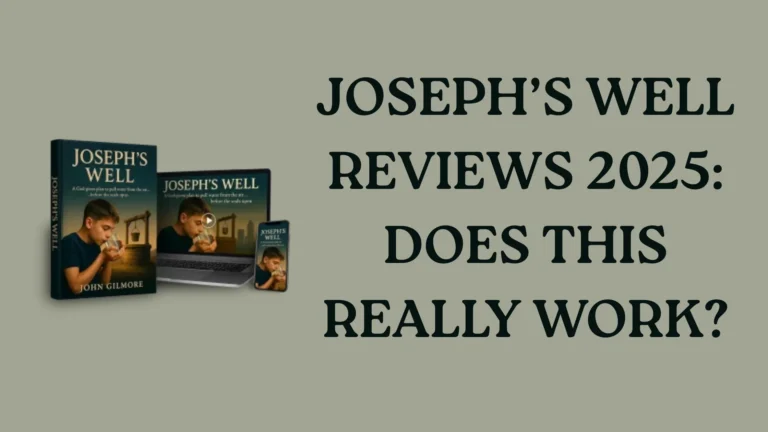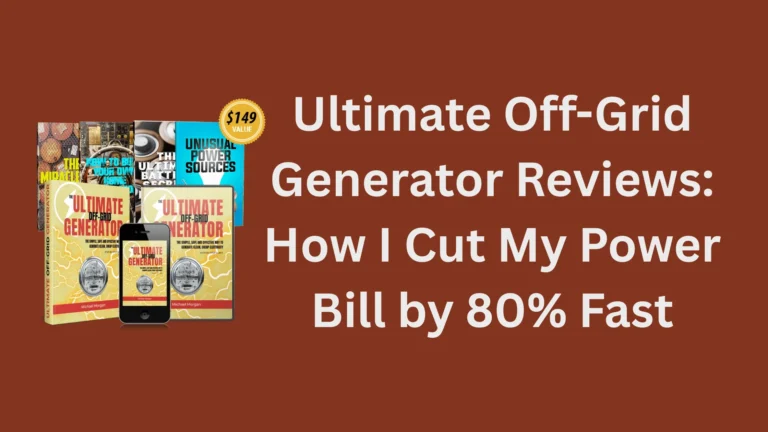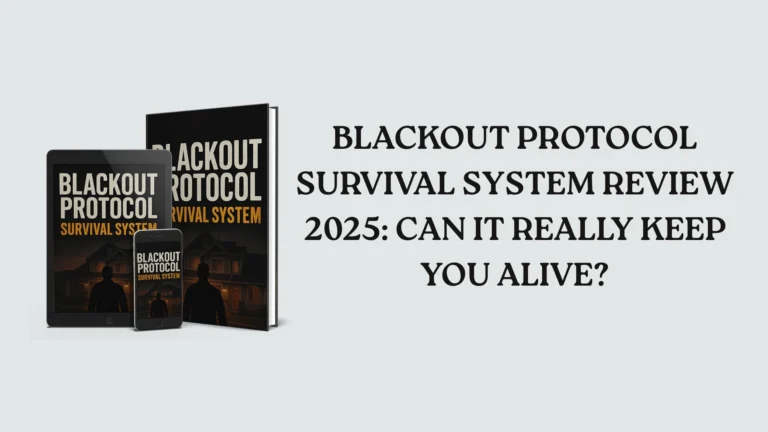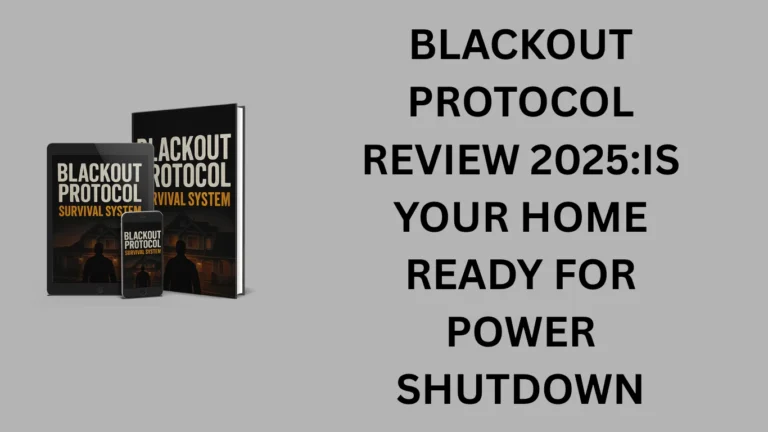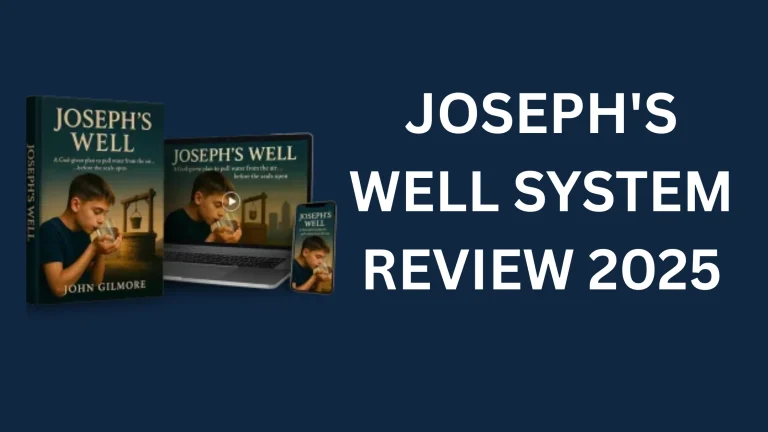How Homeowners Are Using the Quick Power System to Cut Costs?
In today’s world, where utility bills seem to rise month after month, homeowners everywhere are searching for sustainable and affordable energy solutions. Among the growing number of options, the Quick Power System stands out as a practical, DIY-friendly way to lower energy costs and reduce dependence on traditional grid electricity.
This educational guide explores how homeowners are using the Quick Power System to save money, the principles behind its design, and how it fits into the future of energy efficiency.
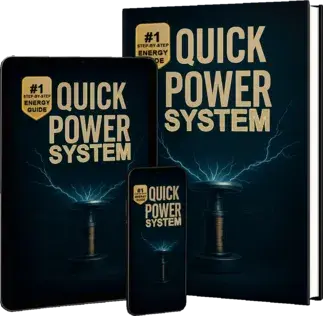
Understanding the Concept Behind the Quick Power System
The Quick Power System is a do-it-yourself energy generation setup designed to help households create their own renewable power source. Unlike large solar or wind installations that require high upfront costs, this system uses a compact, easy-to-build model that harnesses electromagnetic energy to generate electricity.
The goal is simple — to make clean, affordable energy accessible to ordinary people without needing specialized engineering skills or expensive materials.
What makes it appealing is its simplicity. Once assembled, the Quick Power System can provide consistent power for various household devices, helping users cut down their monthly electricity expenses while also contributing to a greener planet.
Why Homeowners Are Turning to DIY Energy Solutions?
With the global energy crisis and inflation driving up electricity prices, many families are feeling the pressure of rising utility bills. Conventional renewable solutions, such as rooftop solar panels, can cost thousands of dollars to install and maintain — a cost that’s simply not realistic for everyone.
The Quick Power System offers a much more affordable alternative. Its low setup cost and user-friendly design have made it a popular choice among homeowners looking to take control of their power consumption.
Beyond financial savings, there’s also the growing desire for energy independence — the ability to keep your home powered even during outages or emergencies. The system’s compact design allows users to operate it in rural, off-grid, or suburban environments with ease.
How the Quick Power System Works in Everyday Homes?
The Quick Power System operates on a simple but effective principle: magnetic energy conversion. By using a carefully arranged combination of rotors, magnets, and coils, it can convert mechanical energy into electrical energy.
When the system is built and activated, it continuously produces current that can be used to power small to medium household appliances. Many homeowners use it as a backup power source or to supplement their main grid power, which reduces total energy consumption from the utility company.
For instance, some users connect the Quick Power System to lighting systems, small refrigerators, or charging stations. Even partial usage can result in noticeable savings — often cutting bills by 30–50% depending on how efficiently it’s managed.
The Key Benefits for Homeowners:
Let’s break down how the Quick Power System is helping households save money and live more sustainably:
1. Lower Electricity Bills
By generating power independently, homeowners can reduce the amount of energy drawn from the main grid. Over time, these savings accumulate — often paying back the initial investment in a few months.
2. Low Maintenance Costs
Unlike complex solar systems or wind turbines, the Quick Power System requires minimal maintenance. It’s designed with simple mechanical parts that can be easily replaced or repaired if needed.
3. Ease of Installation
You don’t need technical expertise or professional electricians to get started. The package typically comes with a step-by-step blueprint, parts list, and visual instructions that allow anyone to assemble it within a few hours.
4. Portability and Compact Design
Its lightweight and portable design make it ideal for homeowners who want flexible energy options — perfect for cabins, workshops, or even camping trips.
5. Eco-Friendly Power Generation
The system produces clean energy without emitting harmful gases or pollutants. Homeowners who use it contribute to a smaller carbon footprint and support global sustainability goals.
Take control of your energy costs today — explore the Quick Power System Reviews 2025 and discover how homeowners are saving more every month. ⚡
Real-Life Use Cases: How Families Are Saving Money?
Across different regions, families have adapted the Quick Power System in various creative ways. Some examples include:
- Supplemental Power Use: Many homeowners use it alongside their grid electricity to power low-energy devices like LED lights or fans.
- Emergency Backup System: In areas prone to power cuts, it serves as a reliable backup source to keep essential appliances running.
- Off-Grid Living: Rural families and those in remote locations have used the system to become self-sufficient, freeing themselves from unreliable energy grids.
- Eco-Lifestyle Support: Environmentally conscious households use it to reduce their reliance on fossil-fueled electricity, aligning with their sustainable living goals.
These practical applications show that the Quick Power System is not just a product — it’s a tool for empowerment, helping people save money while promoting energy responsibility.
Comparing Costs: Traditional Energy vs. Quick Power System
To understand the financial advantage, let’s compare the two approaches:
| Aspect | Traditional Energy | Quick Power System |
|---|---|---|
| Initial Cost | High monthly bills | One-time setup cost |
| Maintenance | Continuous | Minimal |
| Energy Source | Fossil fuels / grid | Renewable magnetic energy |
| Control | Dependent on suppliers | User-controlled |
| Environmental Impact | High carbon emissions | Clean and green |
Even if the savings seem modest at first, over time, the system can help reduce long-term costs significantly — especially for households with moderate to high power consumption.
Challenges and Practical Considerations
While the Quick Power System offers numerous benefits, users should also have realistic expectations. It’s designed as a supplemental energy solution, not a full replacement for large-scale power sources.
Some key points to keep in mind:
- The output depends on proper setup and usage.
- Like any DIY project, it requires careful assembly following the guide.
- It works best when paired with energy-efficient appliances and sustainable habits.
By understanding these factors, homeowners can maximize the system’s benefits while minimizing maintenance or performance issues.
Why It’s More Than Just a Cost-Saving Tool?
Beyond the numbers, the Quick Power System represents a broader shift — a move toward energy awareness and independence. It empowers individuals to rethink their consumption patterns, reduce waste, and actively participate in creating a cleaner planet.
In essence, it’s not only about saving money — it’s about gaining control and contributing to a sustainable future.
Conclusion: A Smart Step Toward Energy Freedom
As homeowners face increasing energy costs and growing environmental concerns, solutions like the Quick Power System are becoming more relevant than ever.
By combining affordability, simplicity, and eco-friendliness, it provides a pathway for families to take charge of their power use and reduce monthly expenses — all while making a positive environmental impact.
For those ready to explore a reliable, low-cost approach to sustainable living, the Quick Power System stands out as a practical and empowering choice.

